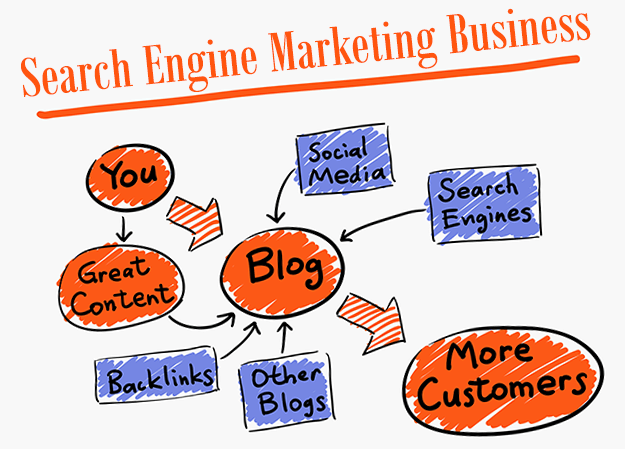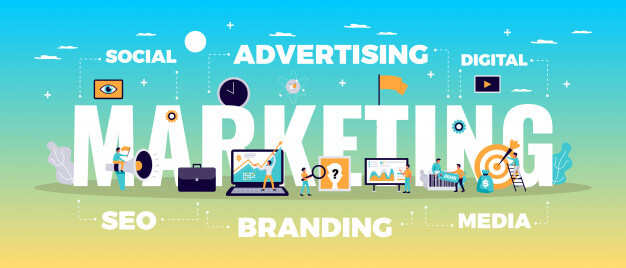Despite being one of the smallest countries in Southeast Asia, Singapore is recognized worldwide for having a highly advanced economy. The country is consistently dubbed as a global business hub, with several multinational companies setting up their headquarters there. One of the primary reasons, apart from its strong economy, would be its strategic location, which allows for a unique cultural mix consisting of Asian, European, and American influences. This advantage easily makes Singapore a top international business community.
Over the years, competition has intensified in the country, making marketing more critical than ever. Working with an SEM agency in Singapore is now standard practice as several businesses are trying to gain an edge over their competitors. Creating strong Search Engine Marketing campaigns is vital to your company’s success, but doing this is much easier said than done. If you are new to SEM techniques, here are a few tips to help your small business stand out from the crowd.
Here are Tips on Doing Search Engine Marketing to help your small business
Choose the Right Keywords
Search engines utilize keywords to match web pages with user searches, so choosing the right ones is crucial to ensure your site reaches your target audience. When using pay-per-click (PPC) advertising, optimizing your keywords will be vital to ranking high in results pages. You can utilize various tools to aid you in your keyword research, so you can look at the competition, search volume, and relevance. Doing this is a must to ensure that your investments are correctly used.
Create Quality Content
Content is king in any marketing strategy, and Search Engine Marketing is no exception. Having a visually appealing ad or website will be important to catch your audience’s attention, but ultimately, it will be your content that keeps them engaged and interested. Creating valuable and high-quality content is essential to show your expertise and credibility, so users can feel inclined to trust your brand. With this, you can generate more leads and boost your conversions.
Know Your Competition
When creating a Search Engine Marketing plan, it is important to consider your business, who your audience is, and what your objectives are. However, you must also look at the bigger picture and analyze your competition. When working with an SEM agency in Singapore, you may be able to gain more insight into this with professional tools and expertise. Conducting competitive analysis allows you to see what everyone else is doing, so you can see what methods work and think about how you can differentiate yourself from the crowd.
Monitor Your Strategy
One of the common misconceptions about Search Engine Marketing is that it is finished after you execute your campaign. Like SEO, however, Search Engine Marketing is an ongoing strategy and is not merely a one-time strategy that you leave alone. It is essential that you monitor your strategy consistently to see if it is generating your desired results. Much like how technology is constantly evolving, new SEM practices also get introduced over time. Thus, staying updated can ensure that you do not miss out on any potential or opportunities to boost your returns.
In today’s competitive business environment, Search Engine Marketing campaigns can help you increase your customer base while maintaining substantial returns on your investment. You can use the above-mentioned tips to help you get started with SEM, so you can get your desired objectives and make the most out of your marketing efforts.
Read Also:
























